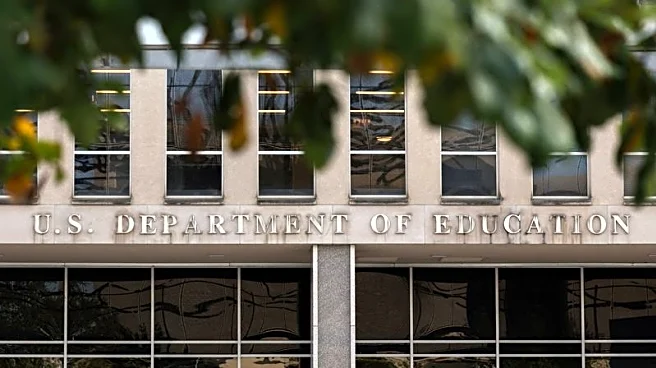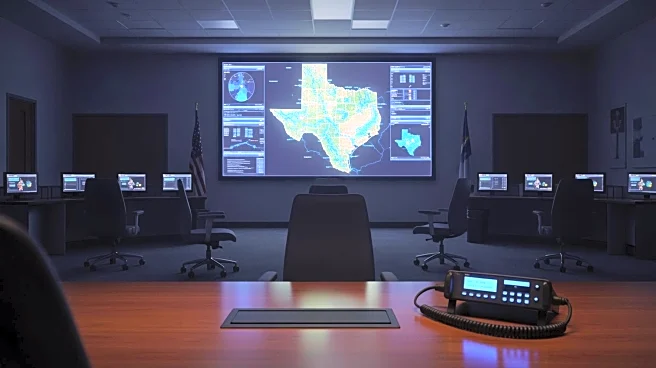What's Happening?
The Trump administration has announced a plan to downsize the U.S. Department of Education by transferring a significant portion of its programs to other federal agencies. Specifically, over $20 billion
annually in K-12 funding will be moved to the Department of Labor, which will also manage many programs previously overseen by the office of postsecondary education. Other education programs will be transferred to the Departments of Health and Human Services, the Interior, and State. The Education Department's $1.6 trillion student loan portfolio and funding for students with disabilities remain unaffected but are still under consideration for transfer.
Why It's Important?
This restructuring represents a major shift in how educational programs are managed at the federal level, potentially affecting millions of students and educators across the country. By transferring programs to the Department of Labor, the administration aims to streamline operations and reduce the size of the Education Department. This move could lead to changes in how educational services are delivered and funded, impacting public policy and the allocation of resources. Stakeholders in the education sector, including schools and universities, may need to adapt to new administrative structures and funding mechanisms.
What's Next?
The implementation of these changes will require coordination between the affected departments to ensure a smooth transition. Stakeholders, including educators and policymakers, will likely monitor the impact of these transfers on educational outcomes and funding. The administration may face scrutiny and opposition from those who believe the changes could undermine the effectiveness of educational programs. Future discussions and decisions will focus on the long-term implications for the U.S. education system and its ability to meet the needs of students and educators.













